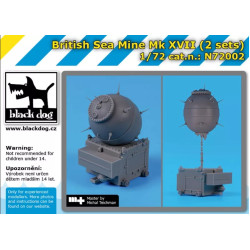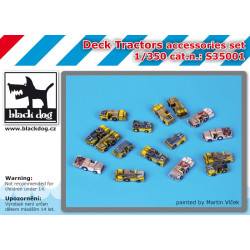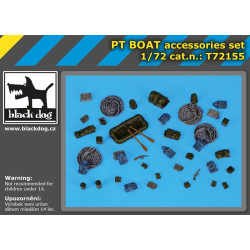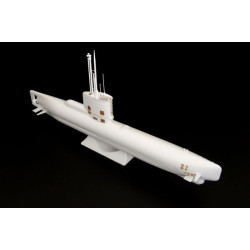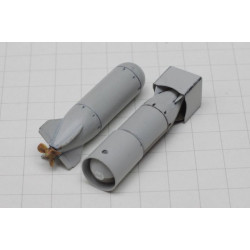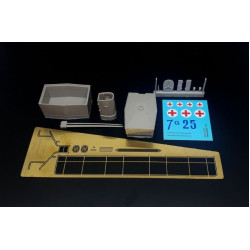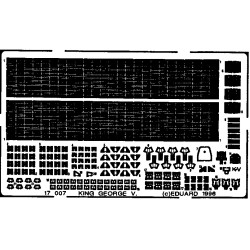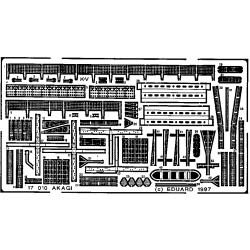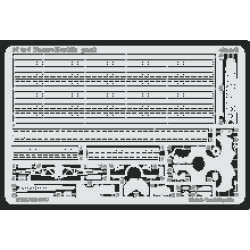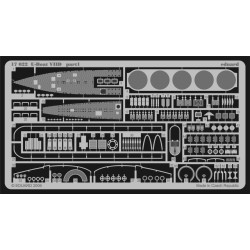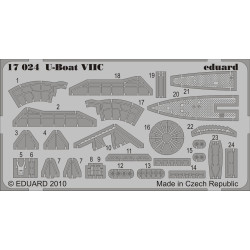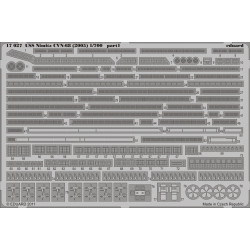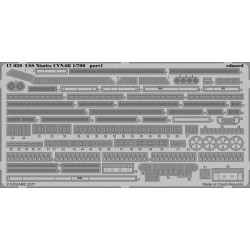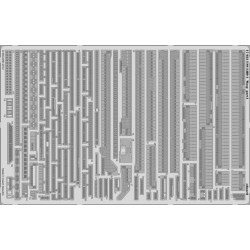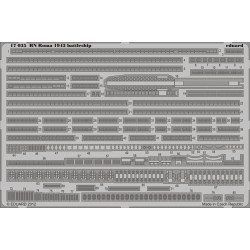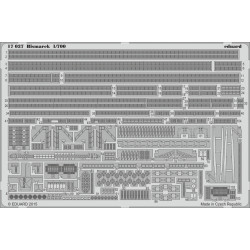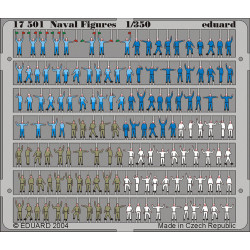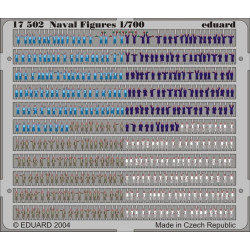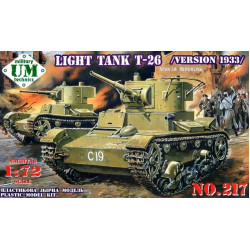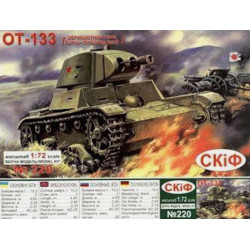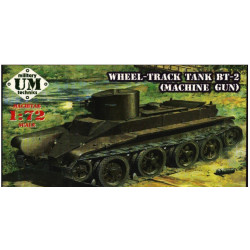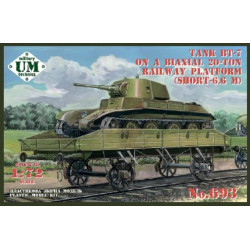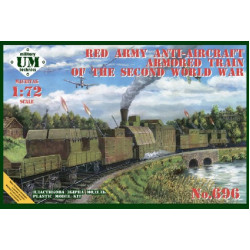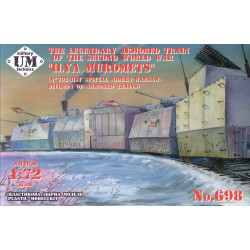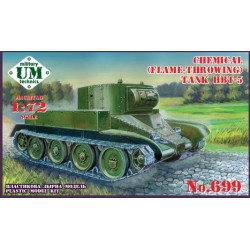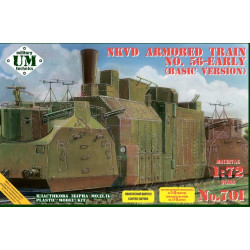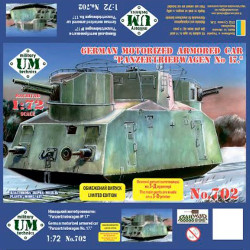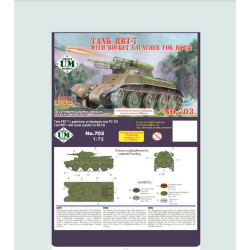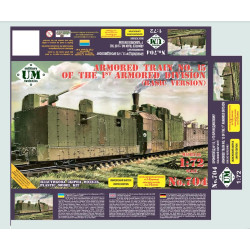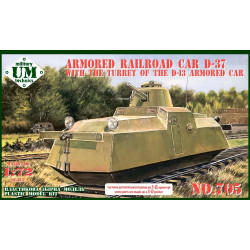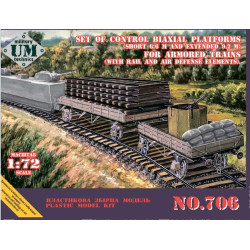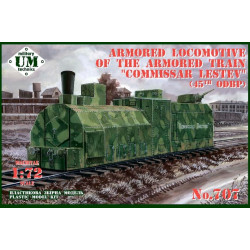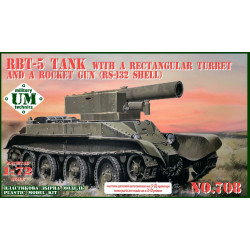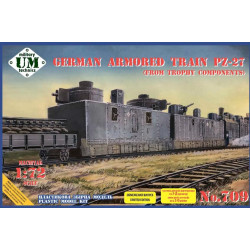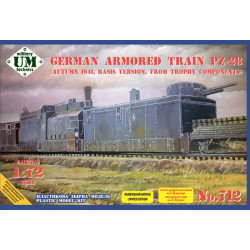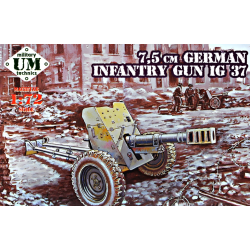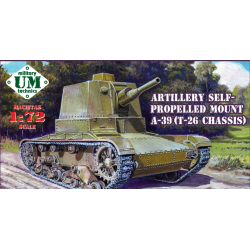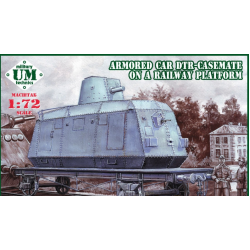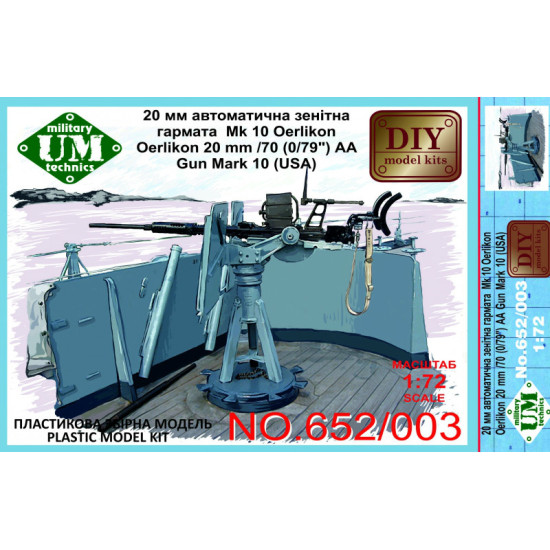
The Oerlikon 20 mm cannon is a series of autocannons, based on an original German 20 mm Becker design that appeared very early in World War I. It was widely produced by Oerlikon Contraves and others, with various models employed by both Allied and Axis forces during World War II, and many versions still in use today.During World War I, the German Reinhold Becker developed a 20 mm caliber cannon, known now as the 20 mm Becker using the Advanced Primer Ignition blowback (API blowback) method of operation. This used a 20x70 RB cartridge and had a cyclic rate of fire of 300 rpm. It was used on a limited scale as an aircraft gun on Luftstreitkräfte warplanes, and an anti-aircraft gun towards the end of that war.
Because the Treaty of Versailles banned further production of such weapons in Germany, the patents and design works were transferred in 1919 to the Swiss firm SEMAG (Seebach Maschinenbau Aktien Gesellschaft) based near Zürich. SEMAG continued development of the weapon, and in 1924 had produced the SEMAG L, a heavier weapon (43 kg) that fired more powerful 20x100RB ammunition at a slightly higher rate of fire, 350 rpm.
In 1924 SEMAG failed. The Oerlikon firm, named after the Zürich suburb where it was based, then acquired all rights to the weapon, plus the manufacturing equipment and the employees of SEMAG.In 1927 the Oerlikon S was added to the existing product line. This fired a still larger cartridge (20x110RB) to achieve a muzzle velocity of 830 m/s (versus 490 m/s for the original Becker 20x70RB gun), at the cost of increased weight and a reduced rate of fire (280 rpm). The purpose of this development was to improve the performance of the gun as an anti-tank and anti-aircraft weapon, which required a higher muzzle velocity. An improved version known as the 1S followed in 1930.
Three sizes of gun with their different ammunition and barrel length, but very similar mechanisms, continued to be developed in parallel. In 1930 Oerlikon reconsidered the application of its gun in aircraft and introduced the AF and AL, designed to be used in flexible mounts, i.e. manually aimed by a gunner. The 15-round box magazine used by earlier versions of the gun was replaced by drum magazine holding 15 or 30 rounds.
In 1935 it made an important step by introducing a series of guns designed to be mounted in or on the wings of fighter aircraft. Designated with FF for Flügelfest meaning "wing-mounted", these weapons were again available in the three sizes, with designations FF, FFL and FFS. The FF fired a slightly larger cartridge than the AF, 20x72RB, but the major improvement in these weapons was a significant increase in rate of fire. The FF weighed 24 kg and achieved a muzzle velocity of 550 to 600 m/s with a rate of fire of 520 rpm. The FFL of 30 kg fired a projectile at a muzzle velocity of 675 m/s with a rate of fire of 500 rpm. And the FFS, which weighed 39 kg, delivered a high muzzle velocity of 830 m/s at a rate of fire of 470 rpm.The 1930s were a period of global re-armament, and a number of foreign firms took licenses for the Oerlikon family of aircraft cannon. In France, Hispano-Suiza manufactured development of the FFS as the Hispano-Suiza HS.7 and Hispano-Suiza HS.9, for installation between the cylinder banks of its V-12 engines. In Germany, Ikaria further developed the FF gun as the MG FF, firing 20x80RB ammunition. And the Imperial Japanese Navy, after evaluating all three guns, ordered developments of the FF and FFL as the Type 99-1 and Type 99-2.
The incorporation of the improvements of the FFS in a new anti-aircraft gun produced, in 1938, the Oerlikon SS. Oerlikon realized further improvements in rate of fire on the 1SS of 1942, and the 2SS of 1945 which achieved 650 rpm. However, it was the original SS gun which was widely adopted as anti-aircraft gun, being especially widely used by Allied navies during World War II.
This gun used a 400-grain (26-gram) charge of IMR 4831 smokeless powder to propel a 2,000-grain (130-gram) projectile at 2,800 feet (850 meters) per second.The Oerlikon gun was fielded in United States Navy ships starting in 1942, replacing the M2 Browning machine gun, which lacked range and firepower. It became famous in the naval anti-aircraft role, providing an effective defense at short ranges (in practice up to 1.5 km) at which heavier guns had difficulty tracking a target. The gun was eventually abandoned as a major anti-air weapon due to its lack of stopping power against heavy aircraft and against Japanese kamikaze attacks during the Pacific War. It was largely superseded by the Bofors 40 mm gun and the 3"/70 Mark 26 gun. It did, however, provide a useful increase in firepower over the .50 cal machine gun when adapted and fitted to some aircraft; however, it had some problems with jamming in the ammunition feed.
The Royal Canadian Navy popularized the use of the Oerlikon gun as an anti-ship and anti-submarine gun - while it was not effective against the armour of most larger ships, it was used extensively and effectively against U-Boats, and on the decks of larger ships. A handful of corvettes were fitted with the weapon toward the end of the war, but it appeared more commonly on frigates and destroyers at the time.
The Oerlikon was also used as the basis for the Polsten gun, designed by Polish engineers in exile in the United Kingdom. The gun went into service in 1944, and was used well into the 1950s for, among other uses, on Cromwell tanks and early model Centurion tanks.
Oerlikon 20 mm cannon
A modern Oerlikon cannon (Oerlikon 20mm/85 KAA) on a Royal Navy warship
Oerlikon 20 mm cannon
20mm gun.jpg
A modern Oerlikon cannon (Oerlikon 20mm/85 KAA) on a Royal Navy warship
Type Autocannon
Place of origin Switzerland
Service history
In service 1940–present
Wars World War II, various
Production history
Designer Reinhold Becker
Designed 1939
Manufacturer Oerlikon
Produced 1940
Variants Oerlikon FF, MG FF cannon
Specifications
Weight L70: • Total gun barrel weight: 68.04 kilograms (150.0 lb)
• Minus breech mechanism: 20.865 kg (46.00 lb)
L85: • Empty: 92.0 kilograms (202.8 lb)
• Loaded with 200 rounds: 182.0 kg (401.2 lb)
Barrel length L70: • Overall: 2,210 mm (87 in)
• Bore: 1,400 mm (55 in)
• Rifling: 1,246 mm (49.1 in)
L85: • Overall: n/a
• Bore: 1,700 mm (67 in)
• Rifling: n/a
Shell L70: 20×110mm RB
L85: 20×128mm
Caliber 20 mm (0.787 in)
Barrels Single barrel (progressive RH parabolic twist, 9 grooves)
Action API blowback
Elevation Manual training, typically able to depress to -15° and elevate to +90°
Traverse Manual training, full 360°
Rate of fire L70: • Cyclic: 450 rounds per minute
• Practical: Between 250 to 320 rounds per minute
L85: • Cyclic: 900 to 1,000 rounds per minute
Muzzle velocity L70: • 820 m/s (2,700 ft/s)
L85: • 1,050 m/s (3,400 ft/s)
Effective firing range Against low-flying aircraft (HE round),
L70: • 914 m (1,000 yd)
L85: • 1,500 m (1,600 yd)
Maximum firing range HE round at 45°,
L70: • 4,389 m (4,800 yd)
L85: • 6,800 m (7,400 yd)
| General Product Info | |
| Material | NOT SET |
| Scale | 1/72 |
| Type | NOT SET |
We have the lowest worldwide shipping. And it's totally simple.
EUROPE, USA, CANADA TURKEY, ISRAEL, EGYPT, UE CHINA, JAPAN, HK, S.KOREA | AU NZ MX South America, Asia | |
| Order weight up to 0.22kg or 0.48lb | US$ 8.90 | US$ 8.90 |
| Order weight up to 0.44kg or 0.97lb | US$ 13.95 | US$ 17.90 |
| Order weight over 0.44kg or 0.97lb | US$ 19.99 | US$ 29.99 |
| Order total over $150 | FREE | PROMO US$ 19.99 |
Shipping to some countries not qualifies for the free shipping option but costs not over $29.99 for any sized order. Sorry for that, your location is too far.
- Stock: 7
- Model: UMT652/003
- Weight: 0.08lb
- DATE ADDED: 09/07/2014
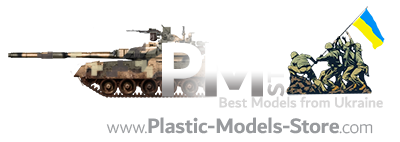
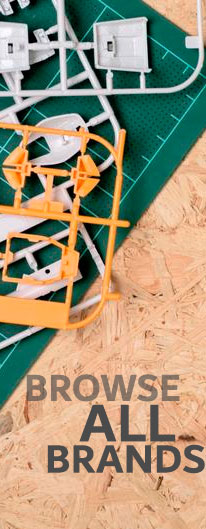
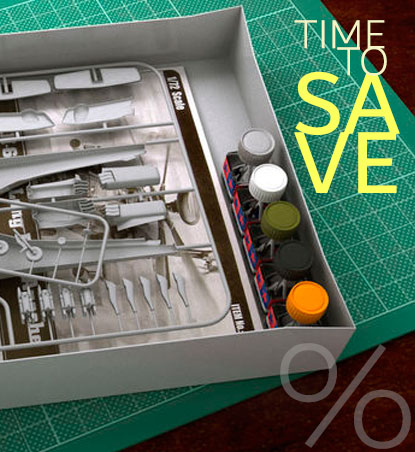

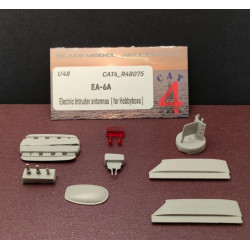


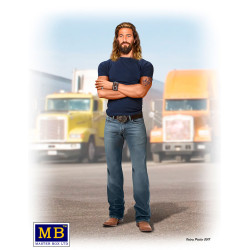
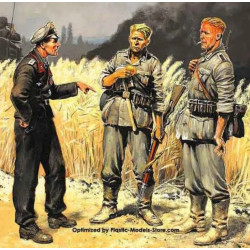



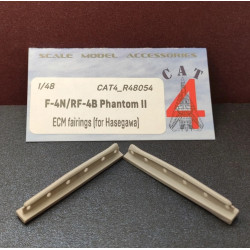
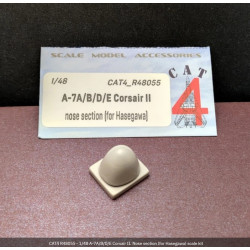
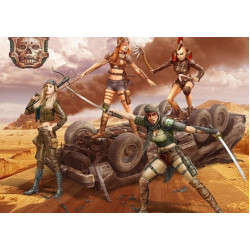
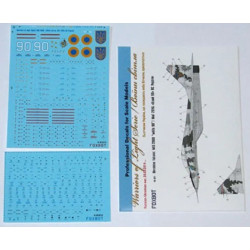

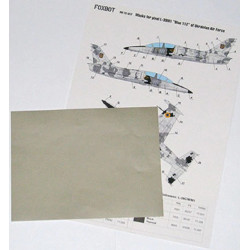
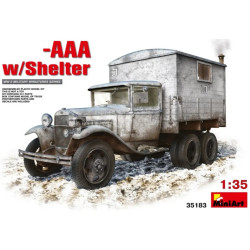
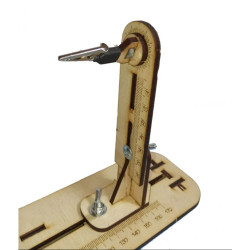

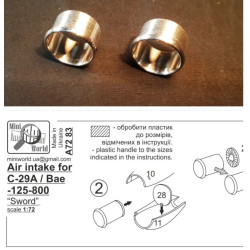
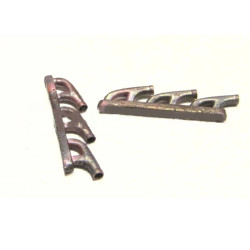
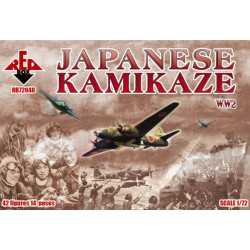



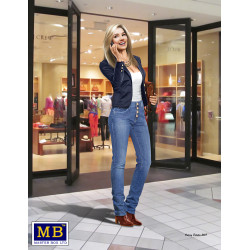

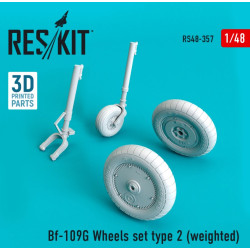


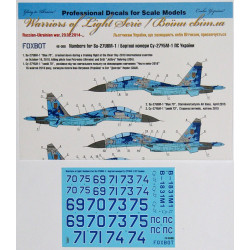
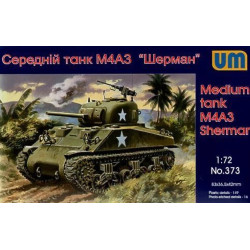









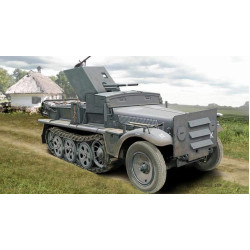
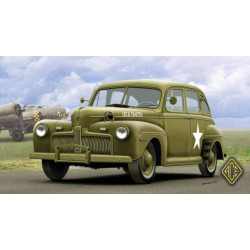
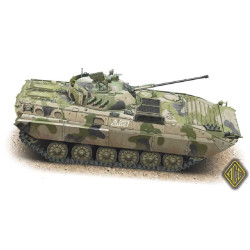
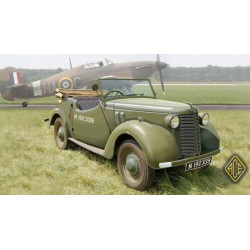
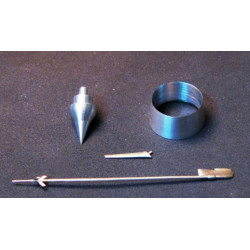

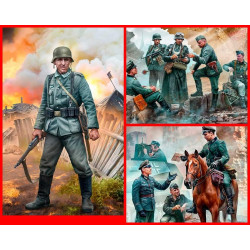
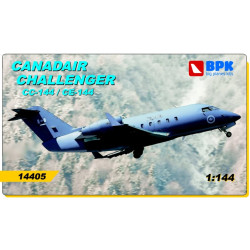
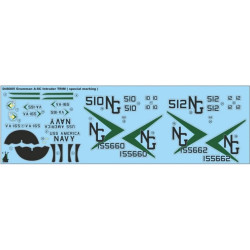

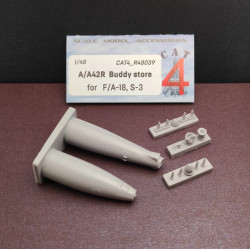

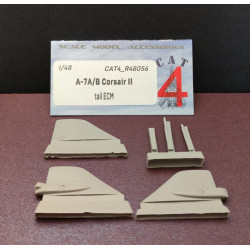
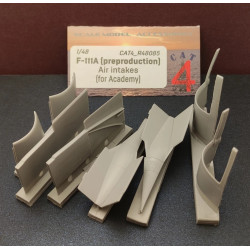
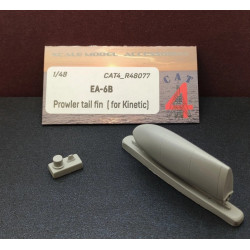
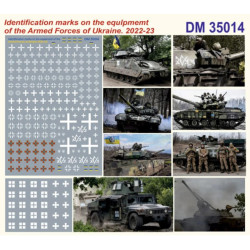
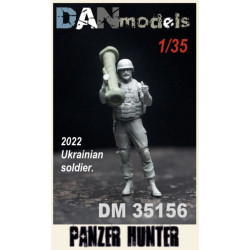

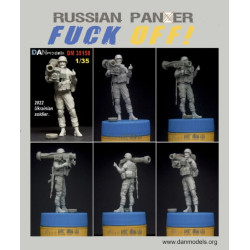
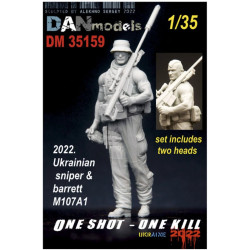
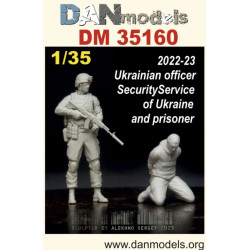
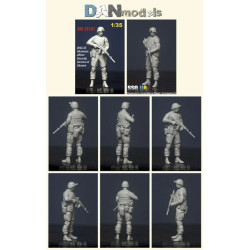
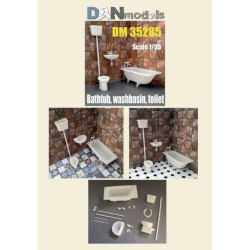
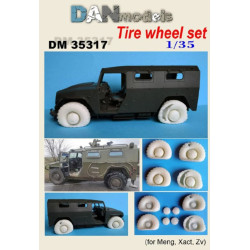
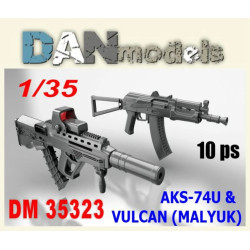
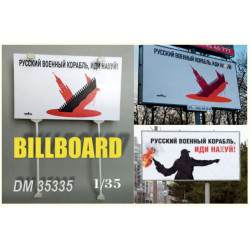
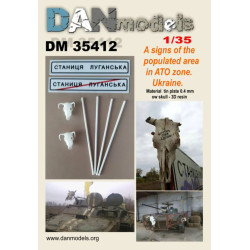


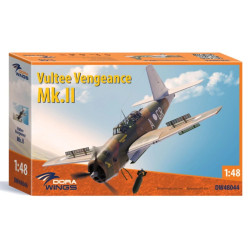

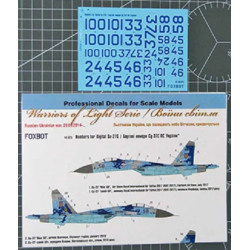

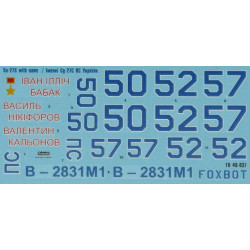

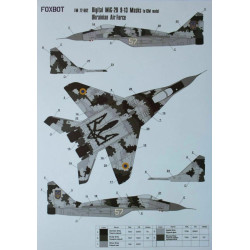
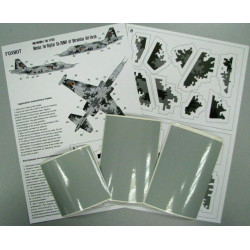




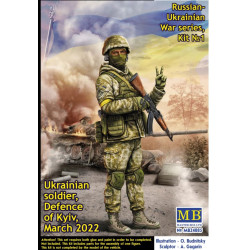
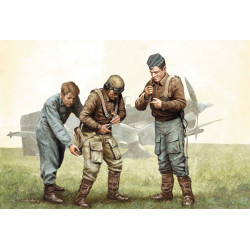

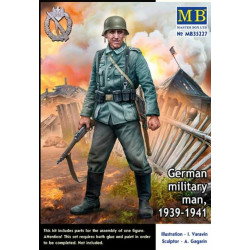
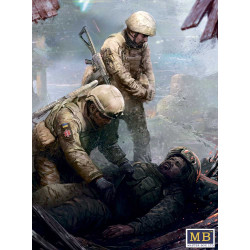











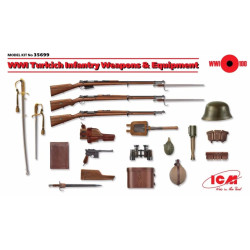
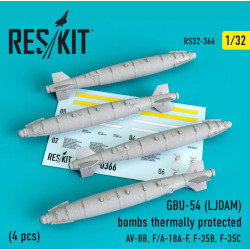
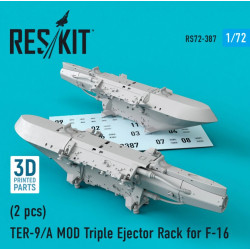










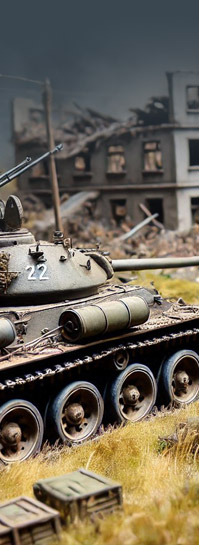

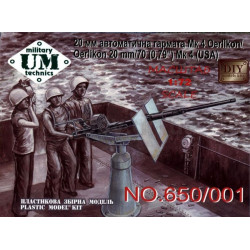
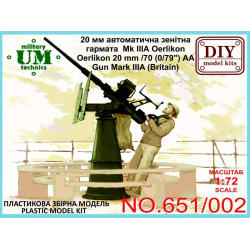
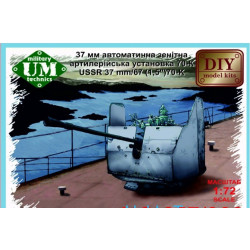
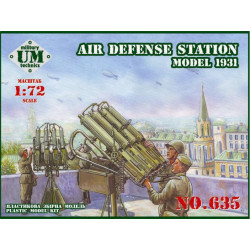
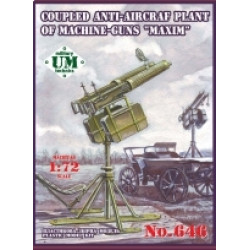
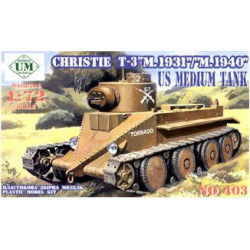
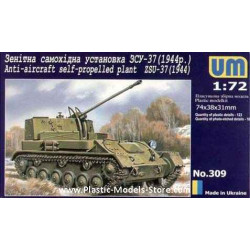
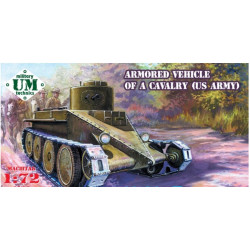
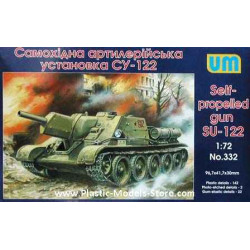
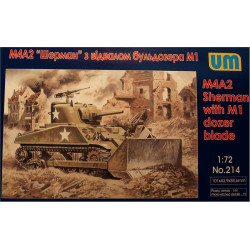
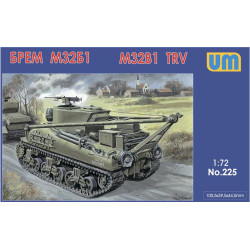
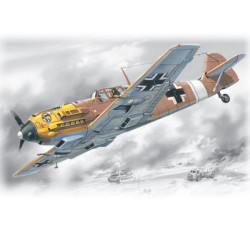
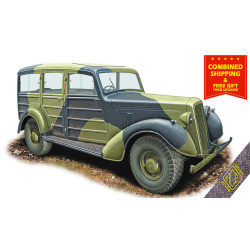
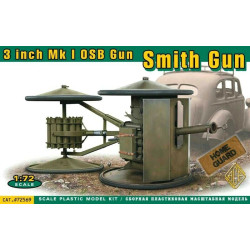
-250x250w.JPG)
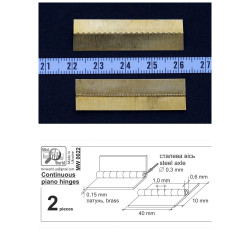
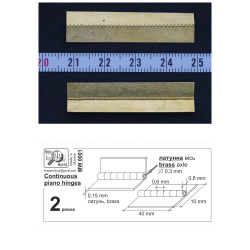
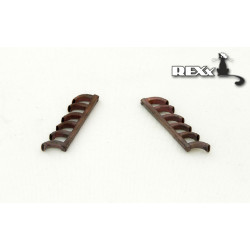
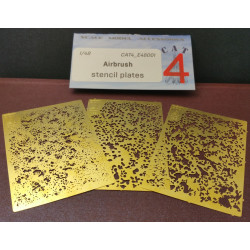
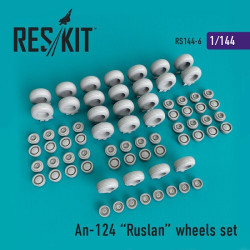
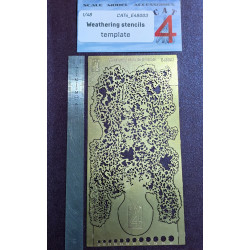
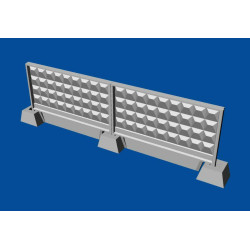
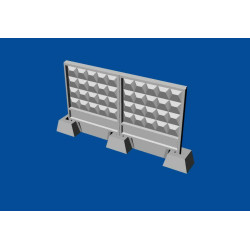
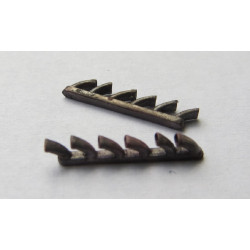
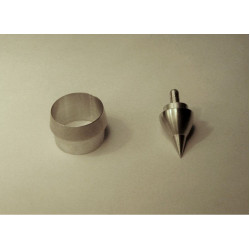

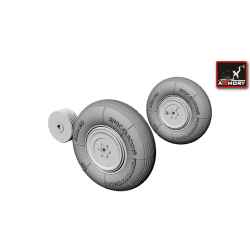
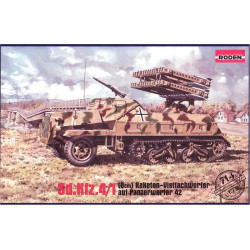
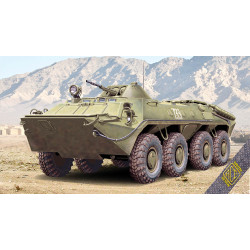
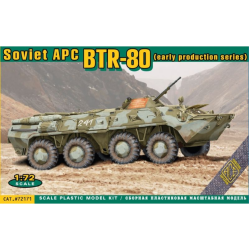

-250x250.jpg)
